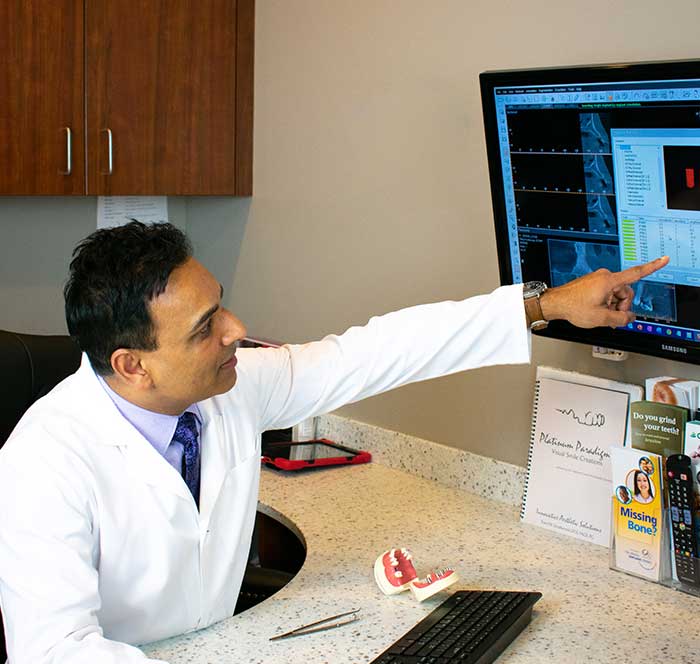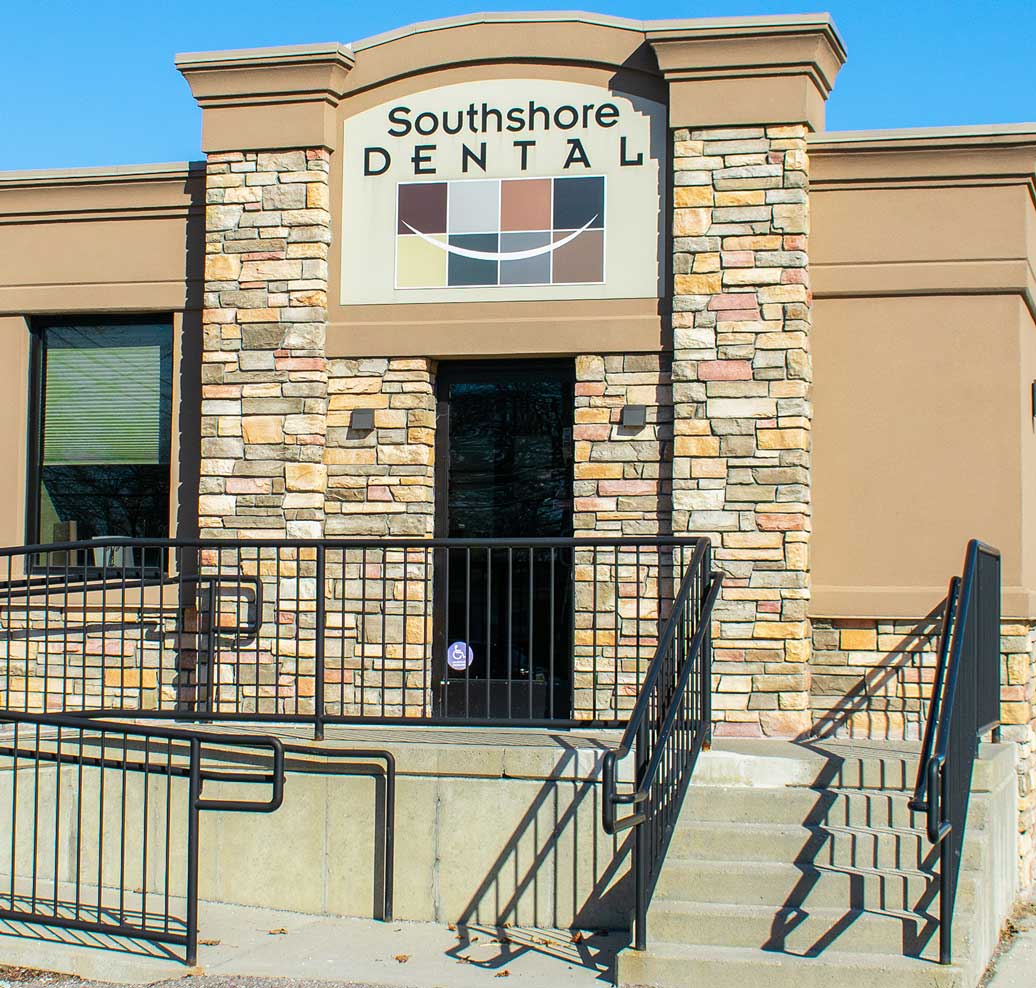What is a Crown?
A crown is a dental covering that masks the entire surface of a tooth above the gum line, and is used to restore a tooth’s function, shape, and appearance.
Why Would You Need a Crown?
Common reasons why you might need a crown:
- To protect a tooth that has been weakened by decay or injury
- To restore a tooth that has been broken or worn down
- To support a tooth with a large filling
- To cover a dental implant
- To improve the appearance of a tooth
What are Crowns Made of?
Crowns can be made from different materials, including:
- Porcelain
- Ceramic
- Composite Resin
- Gold
- Silver
Preparing for a Crown
Your dentist will take x-rays and impressions (molds) of the tooth to be crowned and the teeth around it. These will be used to make your crown. You may be given a local anesthetic to numb the tooth and gums around it. The dentist will then remove any decay or damaged areas of the tooth, before shaping it to make room for the crown.
Getting the Crown
Your tooth will be cleaned, polished, and etched to roughen the surface to help the cement bond to it. The dentist will then place the temporary crown over your tooth to protect it while your permanent crown is being made. Once the permanent crown is ready, the dentist will remove the temporary crown and cement the permanent crown in place.
Experiencing some sensitivity to hot and cold for a few days after getting a crown is normal, and you can take over-the-counter pain relievers as needed. Be sure to brush and floss regularly and see your dentist for regular checkups to help ensure your crown lasts as long as possible.
Crown Placement
Placing a crown usually requires two dental visits. During the first visit, your tooth will be prepared for the crown and a mold will be made of it. This mold will be used to make the custom crown. During the second visit, the crown will be placed on your tooth and adhered in place.
Crowns can also be used to create a realistic replacement for a missing tooth. This is done with bridgework, which spans the space of the missing tooth and requires at least three crowns.
Longevity of a Crown
With proper care, a crown can last for many years. Brushing and flossing daily and seeing your dentist for regular checkups help to ensure your crown lasts as long as possible.
Associated Risks
The risks associated with getting a crown are low, but worth knowing . Some potential risks include:
- Allergic reaction to the materials used in the crown
- Temporary tooth sensitivity to hot and cold
- Gum irritation from the temporary crown
- Root canal infection if bacteria gets under the crown
Crown Benefits
There are many benefits of getting a crown, including:
- Restoring a tooth to its normal function
- Improving the appearance of a tooth
- Protecting a weak or damaged tooth from further damage
- Supporting a tooth with a large filling
- Covering a dental implant
Alternatives
The alternative to getting a crown depends on the reason why you need one. Some alternatives to getting a crown include:
- A Dental Filling
- Inlays or Onlays
- Dental Veneers
- Dental Bonding
- Root Canal Therapy
- Extraction of the Tooth
Cost
The cost of a crown depends on the type of material used, the tooth being crowned, and your dental insurance. Porcelain crowns typically cost more than other types.
Conclusion
Learn more about crowns and bridgework by contacting the trusted and experienced professionals from downriver’s Southshore Dental Care. Our team is ready to answer your questions and service your smile.











































